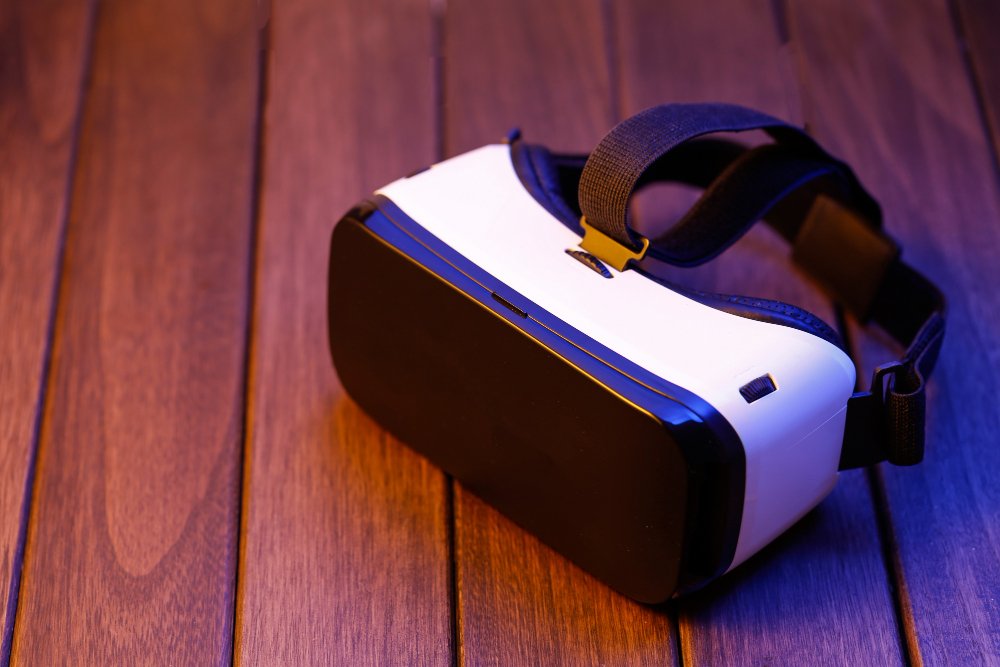Virtual reality stands at a fascinating crossroads, while software advances rapidly, hardware must keep pace to deliver truly immersive experiences. Enter pancake optical modules, the unsung heroes revolutionizing VR display technology. These innovative folded lens systems solve two critical challenges simultaneously: they dramatically reduce headset bulk while enhancing visual fidelity.
For varifocal displays – which dynamically adjust focus like human eyes – this optical innovation isn’t just beneficial; it’s absolutely essential. By enabling slimmer form factors without compromising image quality, pancake modules are quietly powering the next wave of comfortable, high-performance VR headsets from industry leaders.
This article explores why these compact optical systems represent such a fundamental advancement, and how they’re making possible the lightweight, visually stunning VR devices of tomorrow.
What Is a Pancake Optical Module?
Pancake optics represent a quantum leap in VR lens technology. Unlike traditional bulky Fresnel lenses that dominated early VR headsets, these ultra-thin optical systems use folded light paths to achieve remarkable space savings. Here’s what makes them special:
- Space-saving folded optics reduce lens thickness by 50-70%
- Advanced polarization layers maintain image clarity
- Precision optical coatings minimize glare and artifacts
- Lightweight composite materials enhance comfort
This revolutionary approach to optical engineering allows VR manufacturers to create headsets approaching the form factor of sunglasses while delivering superior visual performance—a critical advancement for consumer adoption.
How Pancake Optics Work: The Science Behind the Innovation
Understanding pancake optics requires diving into their clever light manipulation techniques:
- Folded Light Paths: Light bounces between multiple reflective surfaces, effectively “folding” the optical path to reduce physical depth
- Circular Polarization: Specialized polarizing filters ensure light maintains proper orientation through multiple reflections
- Hybrid Aspheric Elements: Advanced lens curvature compensates for optical distortions
- Nano-coatings: Anti-reflective treatments preserve image contrast
This sophisticated optical arrangement enables:
30-50% weight reduction versus traditional VR optics
Wider field of view (up to 120° in some implementations)
Better pixel utilization for sharper images
Reduced screen-door effect
Why Pancake Modules Are Perfect for Varifocal VR Systems

1. Space Efficiency Enables Dynamic Focus Mechanisms
Varifocal systems require movable optical elements to adjust focus dynamically. Pancake modules’ compact form factor makes this practical by:
- Eliminating bulky lens assemblies
- Reducing inertia for faster focus changes
- Allowing more precise motor positioning
2. Superior Optical Quality Maintains Focus Accuracy
Traditional Fresnel lenses suffer from:
- Noticeable glare rings
- Focus shift artifacts
- Peripheral distortion
Pancake optics address these issues with:
✔ Consistent center-to-edge sharpness
✔ Minimal chromatic aberration
✔ Stable image plane for accurate focus tracking
3. Reduced Eye Strain Through Natural Focus Cues
Varifocal VR mimics human vision by:
- Adjusting focus based on gaze depth
- Providing proper accommodation cues
- Maintaining vergence-accommodation harmony
Pancake modules enhance this by:
→ Delivering crisp images at all focus distances
→ Maintaining consistent brightness
→ Eliminating focus-breathing artifacts
Pancake vs Traditional VR Optics: Critical Comparison
| Feature | Pancake Optics | Fresnel Lenses |
|---|---|---|
| Thickness | 15-30mm | 40-60mm |
| Weight | 100-150g | 200-300g |
| Optical Artifacts | Minimal glare | Noticeable god rays |
| Varifocal Support | Excellent | Limited |
| Manufacturing Cost | Higher | Lower |
| MTF Performance | 80-90% | 60-70% |
| Eye Box Size | Larger | Smaller |
MTF (Modulation Transfer Function) measures optical clarity
The Future: Where Pancake Optics Are Taking VR
Industry adoption signals this technology’s importance:
- Meta’s Quest Pro uses pancake optics for mixed reality
- Apple Vision Pro leverages them for ultra-high resolution
- Sony’s next-gen PSVR2 may incorporate hybrid designs
Emerging advancements include:
• Dynamic polarization control for adjustable focus
• Liquid crystal optics for tunable properties
• Holographic elements to further reduce thickness
• Integrated eye-tracking for perfect varifocal sync
Conclusion
Pancake optical modules represent more than just an incremental improvement—they enable the fundamental shift from bulky VR goggles to sleek, wearable displays. By solving the critical challenges of size, weight, and optical quality, these advanced lens systems make possible the varifocal displays that finally deliver comfortable, natural-feeling virtual reality.
As the VR industry moves toward all-day usability and mass adoption, pancake optics will play an increasingly vital role. Their ability to combine compact form factors with exceptional image quality positions them as the enabling technology for next-generation headsets that feel as comfortable as sunglasses while delivering stunning visual fidelity.
The future of immersive technology isn’t just about higher resolutions or wider fields of view—it’s about creating optical systems that disappear, letting users focus on the virtual world rather than the hardware. With pancake modules leading this optical revolution, that future is closer than ever.

